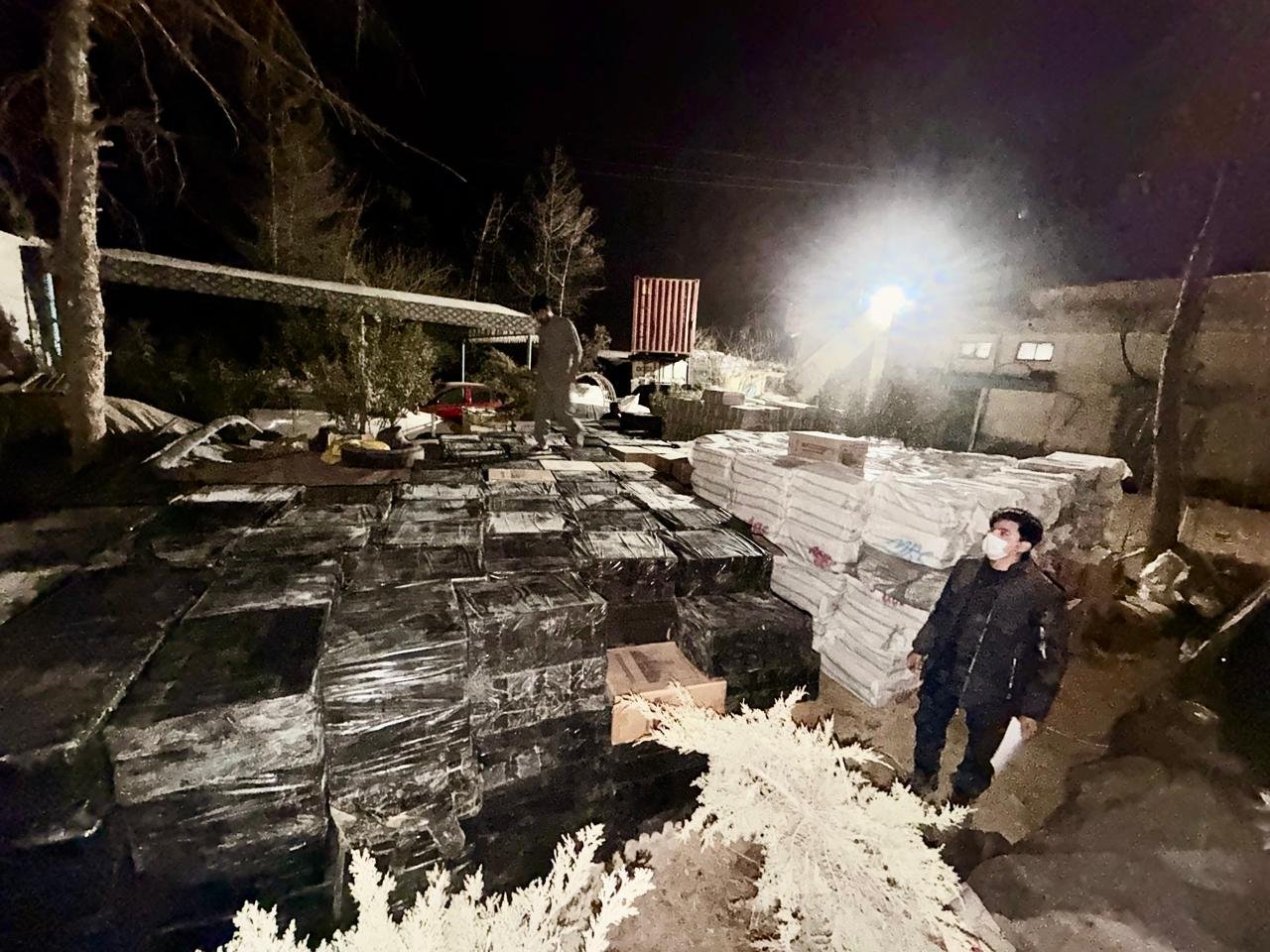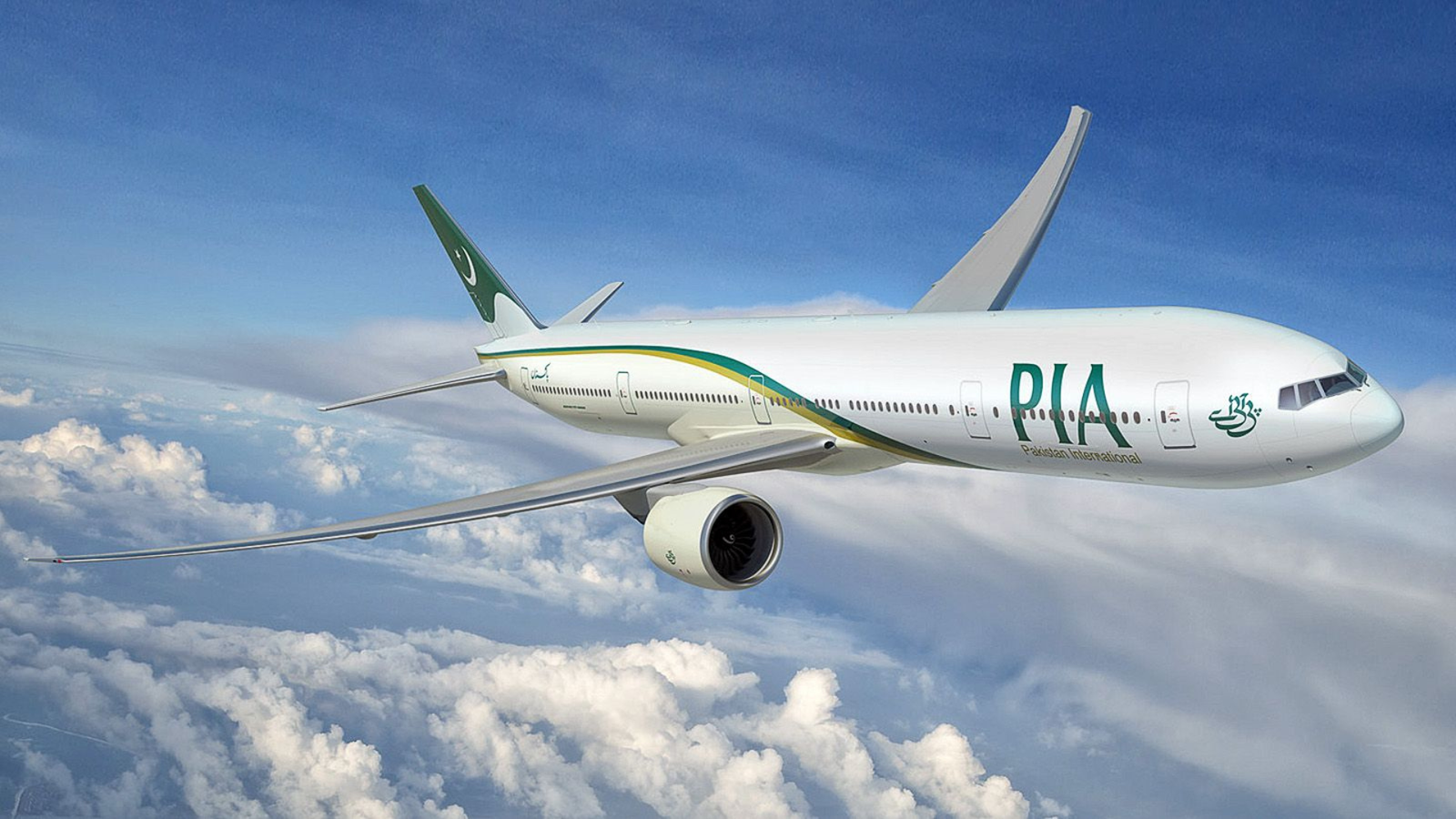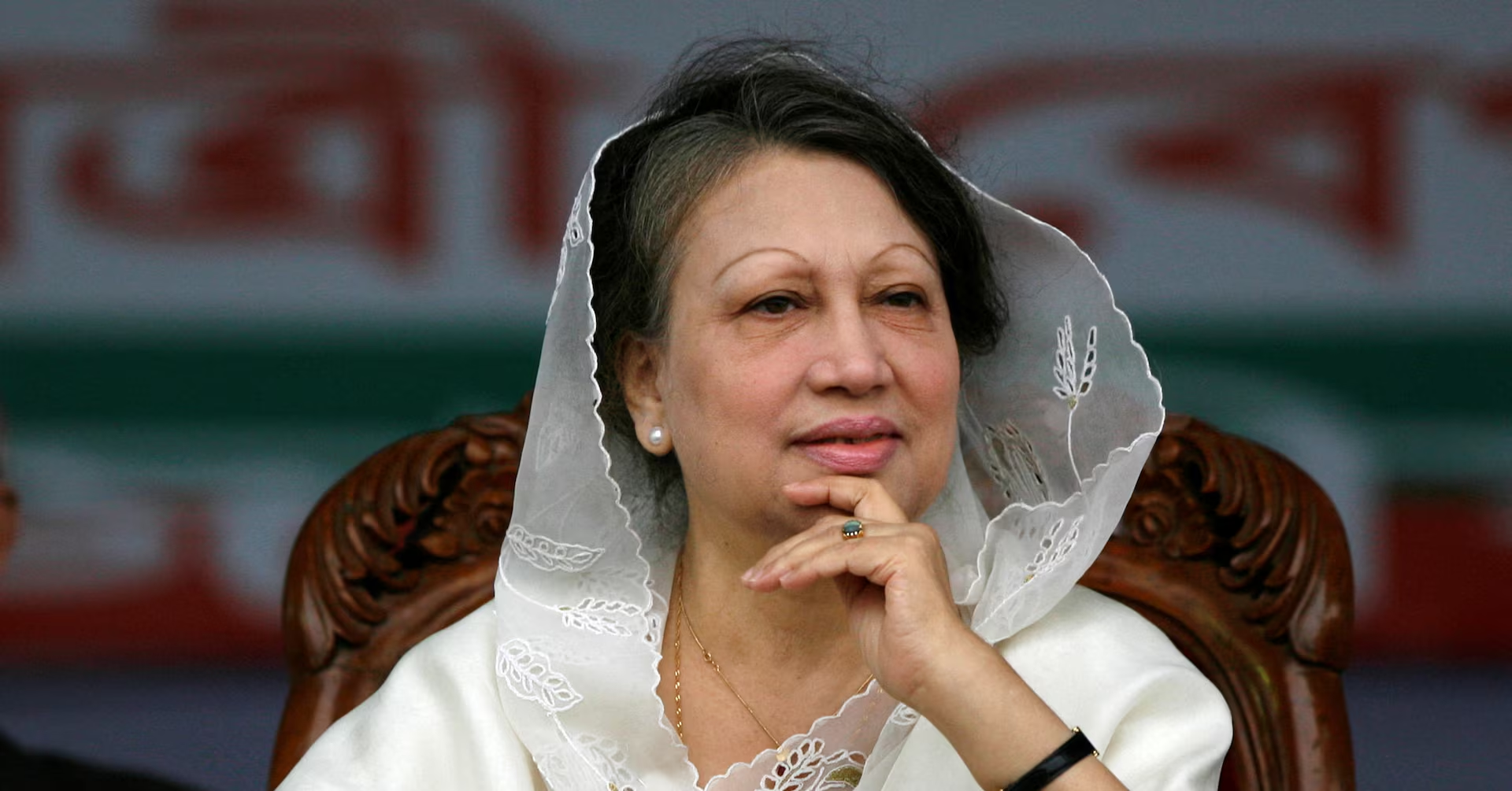
By Dr. Muhammad Shoaib
In the early hours of June 13, 2025, the Middle East witnessed one of its most consequential military escalations in recent years. Israeli air forces launched a series of strikes deep into Iranian territory, targeting suspected military and nuclear-related sites. The Iranian government swiftly confirmed the attacks, acknowledging damage to key infrastructure and the loss of senior military personnel. Predictably, Tehran labeled the operation a grave violation of its sovereignty, vowing that “appropriate and timely retribution” would follow.
This latest confrontation adds a dangerous new dimension to an already volatile regional security environment. The strike challenges Iran’s deterrence posture and tests the resilience of its regional alliances and proxy networks. The pressing question now confronting analysts and policymakers is: what strategic options does Iran have in response to this direct Israeli aggression? Three possible avenues emerge from Tehran’s long-established playbook—each carrying significant risks and far-reaching implications for the broader region and global order.
The most immediate and historically consistent option involves mobilizing Iran’s extensive network of regional proxies. Over the past two decades, Tehran has cultivated alliances with armed groups such as Hezbollah in Lebanon, the Houthi movement in Yemen, militias in Syria and Iraq, and Hamas in the Palestinian territories. These groups function as key components of Iran’s asymmetrical warfare strategy, enabling it to project power and retaliate without engaging in direct confrontation. It is likely that Iran could orchestrate a wave of retaliatory strikes through these proxies, targeting Israeli territory and American assets across the Gulf and Levant. Such a move would allow Tehran to maintain plausible deniability while inflicting strategic and political costs on its adversaries.
Yet, this option is not without danger. Large-scale proxy attacks could trigger severe Israeli retaliation and Western military responses, escalating into a broader regional conflict. In such a scenario, countries like Saudi Arabia, Egypt, and the United States would be drawn in—either to protect their interests or to prevent a complete breakdown of regional stability.
A second, potentially more disruptive strategy lies in Iran’s ability to threaten key maritime trade routes. The Strait of Hormuz remains the world’s most critical oil transit chokepoint, with over 20 million barrels passing through daily. In parallel, the Bab al-Mandeb Strait in the Red Sea, though currently open, remains highly vulnerable to disruption through Iranian-backed Houthi forces operating from Yemen. Should Iran choose to escalate, it could initiate or support efforts to obstruct maritime traffic in both passages.
The consequences of such a move would be immediate and global. Oil prices could surge by $20–$40 per barrel, potentially exceeding $120 within days. Shipping costs would spike as routes rerouted via the Cape of Good Hope would add significant delays and logistical expenses. A prolonged disruption could cost the global economy over $40 billion annually in rerouted shipping costs alone, reducing trade volumes and shaving nearly a percentage point off global GDP growth. In this scenario, global stakeholders including the United States, China, Russia, Saudi Arabia, and Egypt would almost certainly intervene militarily or diplomatically to stabilize these crucial maritime arteries.
The third and most extreme option involves nuclear brinkmanship. Although officially committed to a peaceful program, Iran has consistently advanced its nuclear capabilities. In the face of persistent sovereignty violations and growing security threats, Tehran could choose to overtly signal its nuclear capacity as a deterrent. Such a step would mark a serious escalation, violating international agreements and inviting severe consequences. Yet, given Iran’s perception of existential threat, this option cannot be entirely dismissed.
The regional and global implications of these potential responses are profound. Maritime disruptions would destabilize global trade and energy markets, triggering inflation and economic slowdowns worldwide. Proxy wars would further destabilize fragile states like Lebanon, Iraq, and Yemen, while direct military escalations could lead to unpredictable confrontations involving nuclear-armed states. The specter of nuclear proliferation would unravel decades of non-proliferation efforts, fundamentally altering the Middle East’s security architecture.
Iran now stands at a strategic crossroads. Its decisions in the coming days will not only shape the trajectory of its conflict with Israel but also determine the stability of one of the world’s most geopolitically sensitive regions. Whether through proxy escalation, maritime disruption, or nuclear signaling, each path carries grave risks. Equally, the capacity of regional and global powers to intervene diplomatically will decide whether this crisis can be contained or whether it drags the region into a prolonged and destabilizing confrontation.
Dr. Muhammad Shoaib is currently serving as an IPFP Fellow in the Department of International Relations at the University of Okara, Pakistan. His research interests and academic expertise encompass Middle Eastern Politics, Sino-Pak Relations (CPEC), and the Domestic Political Dynamics of Pakistan.





